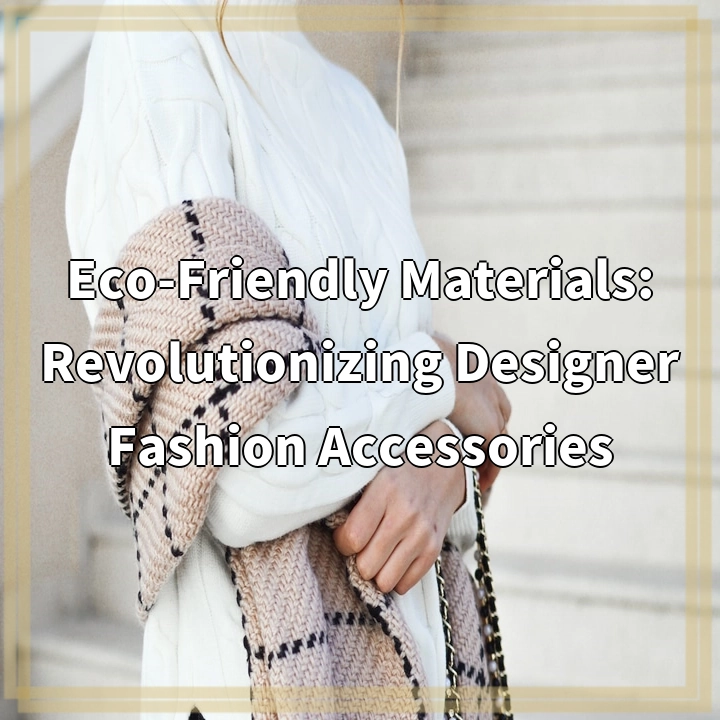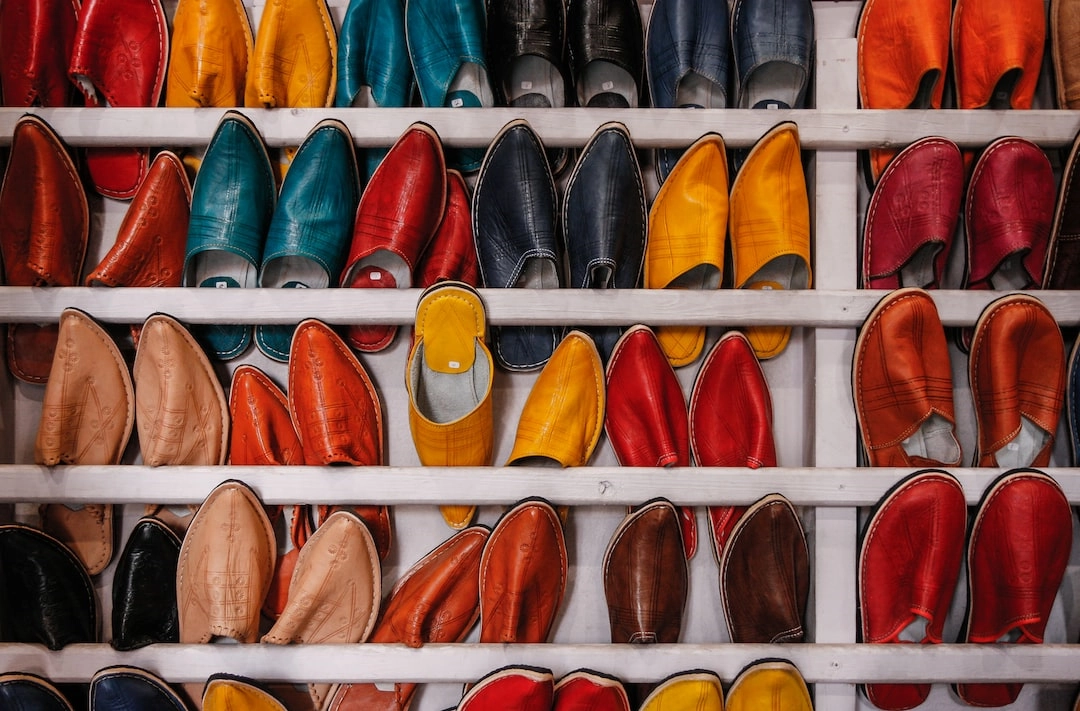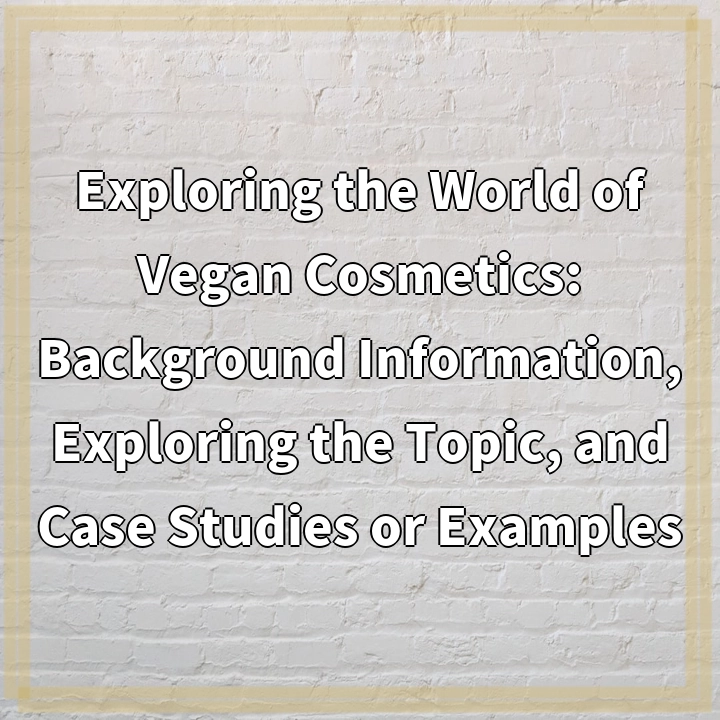
What it is:
Eco-Friendly Materials: Revolutionizing Designer Fashion Accessories
Eco-friendly materials in designer fashion accessories refer to the use of sustainable and ethically sourced materials in the production of various fashion accessories, such as bags, jewelry, belts, and footwear. These materials are sourced and manufactured in a way that minimizes harm to the environment and promotes socially responsible practices.
Real-World Problems:
Eco-friendly materials in designer fashion accessories address several important real-world problems:
1. Environmental Impact:
The fashion industry is one of the largest contributors to environmental degradation. The production of traditional fashion accessories often involves the use of non-renewable resources, excessive energy consumption, and the release of harmful pollutants into the air, water, and soil. Eco-friendly materials, such as organic cotton, bamboo, recycled polyester, and vegan leather, help reduce the industry’s carbon footprint and minimize ecosystem destruction.
2. Deforestation and Biodiversity Loss:
The fashion industry, particularly the production of leather accessories, has been linked to deforestation and biodiversity loss. Leather production often requires large amounts of land for cattle grazing and the cultivation of feed crops. This leads to the destruction of forests, habitats, and displacement of indigenous communities. By using alternative materials like cork, pineapple leather, or mushroom leather, designer fashion accessories can avoid contributing to these harmful practices and promote biodiversity conservation.
3. Pollution and Waste Generation:
The fast-paced nature of the fashion industry often leads to overproduction and waste generation. Synthetic materials, such as polyester and nylon, take hundreds of years to decompose, contributing to landfill waste and marine pollution. Additionally, the chemical dyes and finishes used in conventional manufacturing processes can pollute water sources. By using eco-friendly materials, fashion accessories minimize waste and pollution, offering a more sustainable alternative.
4. Labor Exploitation:
The production of conventional fashion accessories is sometimes associated with labor exploitation, unsafe working conditions, and unfair wages. The use of eco-friendly materials promotes ethical and fair-trade practices by ensuring that workers involved in the production process are treated fairly and have access to safe working conditions.
In conclusion, the adoption of eco-friendly materials in designer fashion accessories addresses significant real-world problems, including environmental impact, deforestation and biodiversity loss, pollution and waste generation, and labor exploitation. By making conscious choices as consumers and supporting brands that prioritize sustainability, we can contribute to a more environmentally and socially responsible fashion industry.

Solutions:
There are several solutions to address the real-world problems associated with eco-friendly materials in designer fashion accessories:
1. Sustainable Sourcing:
Fashion brands can prioritize the use of sustainably sourced materials, such as organic cotton, hemp, and recycled materials. By partnering with ethical suppliers and following transparent supply chains, brands can ensure that their materials are environmentally friendly and socially responsible.
2. Innovation and Research:
The fashion industry needs to invest in research and innovation to develop new eco-friendly materials and technologies. This includes exploring alternatives to traditional leather, such as plant-based materials like pineapple leather or mushroom leather. By embracing innovative solutions, brands can reduce their environmental impact and offer more sustainable options to consumers.
3. Circular Economy:
Adopting a circular economy approach involves designing products that can be recycled or repurposed at the end of their lifecycle. Brands can incorporate recycled materials into their accessories, implement take-back programs, and promote responsible disposal practices. This helps reduce waste and minimizes the need for virgin resources.
4. Consumer Education and Awareness:
Educating consumers about the benefits of eco-friendly materials and the importance of sustainable fashion choices is crucial. Brands can engage in transparent communication, provide information about their materials and production processes, and promote awareness campaigns. By empowering consumers to make informed choices, we can drive demand for sustainable fashion accessories.
5. Collaboration and Industry Initiatives:
Fostering collaboration among fashion brands, designers, suppliers, and governing bodies is key to drive systemic change. Industry initiatives and certifications, such as the Global Organic Textile Standard (GOTS) and the Leather Working Group (LWG), can help establish standards and guidelines for sustainable practices. By working together, the industry can accelerate the adoption of eco-friendly materials and promote a more sustainable fashion ecosystem.
In summary, the solutions to the challenges associated with eco-friendly materials in designer fashion accessories include sustainable sourcing, innovation and research, circular economy practices, consumer education, and collaboration among industry stakeholders. By implementing these solutions, we can transform the fashion industry towards a more sustainable and environmentally conscious future.















